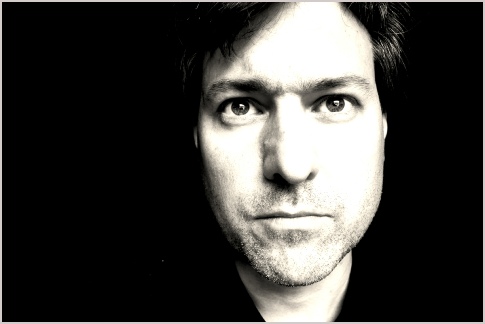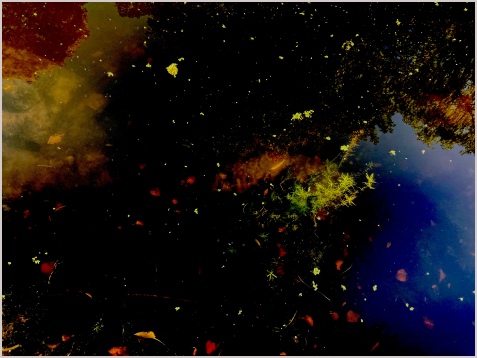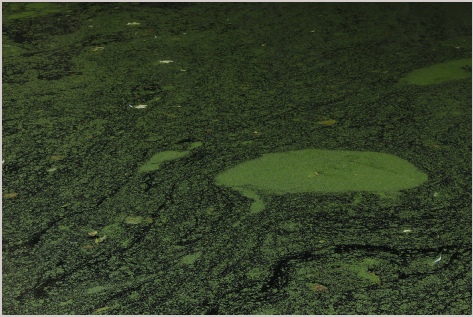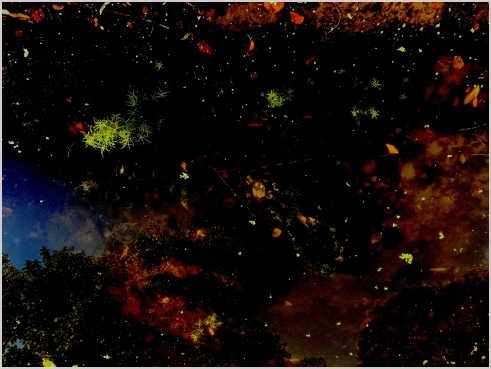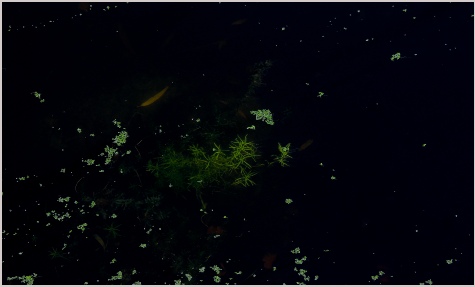Another Timbre TimHarrisonbre
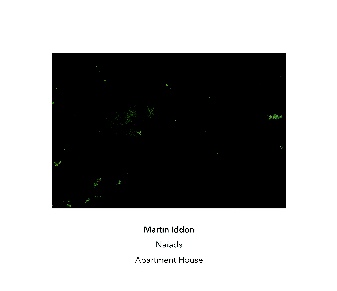
A cycle of five pieces played by Apartment House:
1 crinaeae (2015) 12:34 Mark Knoop, piano Mira Benjamin, violin Anton Lukoszevieze, cello Heather Roche, bass clarinet Emma Williams, flute Simon Limbrick, percussion
2 pegaeae (2016) 15:10 Mira Benjamin, violin, Bridget Carey, viola Anton Lukoszevieze, cello
3 limnades (2015) 18:32 Philip Thomas, piano Anton Lukoszevieze, cello, Simon Limbrick, vibes
4 potameides (2017) 18:17 Mark Knoop, piano Mira Benjamin, violin Bridget Carey, viola
Anton Lukoszevieze, cello Heather Roche, clarinet Emma Williams, flute Simon Limbrick, percussion
5 eleionomae (2012) 7:25 Mark Knoop, piano Anton Lukoszevieze, cello
Interview with Martin Iddon
What are naiads, and how do they relate to the series of pieces on the CD? Is it programmatic music in any way?
The naiads are freshwater nymphs from Greek myth. There were five different sorts of naiads, each one of which provides the name for one of the pieces in my cycle, Naiads: crinaeae (fountains and wells), limnades (lakes), pegaeae (springs), potameides (rivers), and eleionomae (marshes and wetlands). Though they could grant protection or prophecy, they were not necessarily always benevolent, and could be mercurial or even, especially, in the case of the eleionomae, maleficent.
In composing, I don’t really think in programmatic, or even figurative, terms. The pieces aren’t intended somehow bluntly to represent those mythical figures though I do think (I think) of music as necessarily representative of something, even if it’s more nebulous or much harder to pin down in words or image. I suppose that’s one good reason to try to capture it musically in the first place.
The same simple musical materials recur across the cycle, though used in different ways in each piece (and not every piece features all of them): fixed (sometimes elongated or trailing, some short, punctual) pitches; glissandi which are, like the pitches, smeared out; regular, dripping pulsation; meandering or more quickly flowing streams of pitch material; and, various sorts of quiet white noise.
I do think of those materials, as somehow having characteristics which I might map onto at least some of the potential behaviours of water. My thinking in this regard is very definitely influenced by the strange waters that you find in pieces by Chaya Czernowin, like Maim (2001–06) or Hidden (2013–14), even if Chaya’s music may not seem to have all that much aurally in common with mine.
Both Maim and Hidden are pieces I’ve found myself obsessing over pretty regularly and for a long time. They seem to me to do something a bit more distant (or distanced) than simple figuration, more like asking about the sorts of ways in which this musical material might move or flow if it were watery and what happens when those different watery materials encounter one another, whether, because they’re also music, they’re still miscible or miscible in the same way. There’s a quotation from Bachelard I once used to describe Chaya’s Algae (2009) (and which also made its way into the title of another of her pieces) that I regularly recalled in writing the Naiads pieces: “In the depths of matter there grows an obscure vegetation; black flowers bloom in matter’s darkness. They already possess a velvety touch, a formula for perfume.”
There’s also, as is often the case in my music, another of my obsessions sitting in the background, in that the pitches are largely derived from Dufay’s motet, Salve flos Tusce gentis, which mentions the naiads in its motetus section, though I’m not sure they’re derived in a way that leaves them more than distantly palpable.
The cycle was composed over a period of 5 years. Did you plan to produce a cycle of linked pieces from the start? And did your compositional approach change in any way during the 5-year period when you were composing these pieces?
I suppose it does look like quite a long timescale, but in fact the first piece to be written, eleionomae, which is also the last piece in the cycle, was really adrift from the others. By my reckoning I wrote twelve or so pieces between it and crinaeae, which was written back to back with limnades. Then there were another couple of pieces—a song cycle and a solo guitar piece—before I went back to pegaeae and potameides, which also almost overlapped in my working on them. So, they definitely feel to me a lot closer together than perhaps they may seem. That said, eleionomae is sort of comprised of what turns out to be the muddy residue of (or in?) the other pieces, but that means that in the process of writing them, since the rest of them came later, I was sort of trying clean up the materials of this earlier piece.
I wrote eleionomae for a workshop at Darmstadt, which Rebecca Saunders was running with the dissonArt ensemble. Because it was for that purpose, I’d left it quite simple and quite open: largely it comprises very quiet, static noise, with just a little bit of pitch, and a little bit of pulsation, as well as long pauses, and the instruction that it should be played with eyes closed. That piece is quite different from the others, in that it contains none of the Dufay, and I didn’t know at that stage that those materials would ultimately lead to the more noisy elements of the ones that would be written later.
That ‘eyes closed’ instruction—which also doesn’t appear anywhere else in the cycle—is actually a bit of residue from days spent on the River Wear and the River Cam as a cox, something I spent probably more hours doing than studying music, which was what I supposed to be doing, for a time. My favourite exercise was always that of asking a crew to row, very slowly, eyes closed, which produces a stillness, a clarity, and a focus on technique—also the grace of technique—which is hard to capture ordinarily. It also, in the context of rowing, creates an unusual relationship between the members of the crew who have to sense the ways in which the four or eight of them move as a single unit differently. That element is preserved, in a way, in the other pieces in the cycle and is really core to how the whole thing works. Most of the time, in most of the pieces, each performer is operating entirely independently of each other performer, though they often have very similar material to play which, at a quiet dynamic, might create a sort of blurring effect between the performers. They have to remain, though, attentive for occasional cues—sometimes visual, sometimes aural—which will enable them to move on to the next section of the piece, for instance. And, of course, even though each player is carrying out their allotted tasks without directly having to synchronise those tasks with anyone else, they still have to attend to being part of an ensemble playing, largely, very quietly, such that they make themselves heard, but without preventing anyone else doing the same.
I don’t remember if I thought that there was going to be a cycle at the stage of writing eleionomae: I’d only just written the first ‘derivative’ piece of my vocal quintet, Hamadryads, which turned into a whole sequence of other, individually named, hamadryad pieces, like Ptelea, which was on my last Another Timbre release. So I guess it simply felt like the title and the slightly claggy musical materials went together, even if I can’t have missed the fact that it hinted that there were definitely four more pieces on the theme to be written.
The second piece to be composed, crinaeae, was commissioned by Ensemble Interface (I think you were at the premiere, actually, at the Anthony Burgess Centre in Manchester). I’m pretty sure that Ian Buckle had already asked for the third, limnades, as a commission for the Pixels Ensemble, and it seems likely that the cycle was in part a way of thinking about the pieces together in ways that would make it possible to compose them in quite rapid succession. I can’t remember for sure! I think something much the same happened when Anton Lukoszevieze asked for something for Apartment House, a request which resulted in the final two pieces to be written in the cycle, again written immediately after one another.
Martin Iddon
